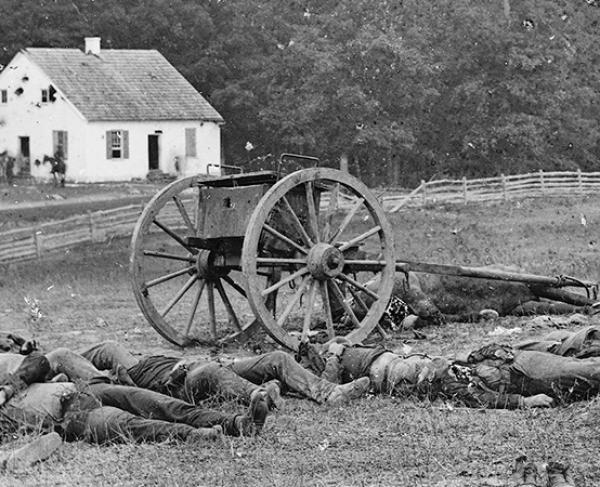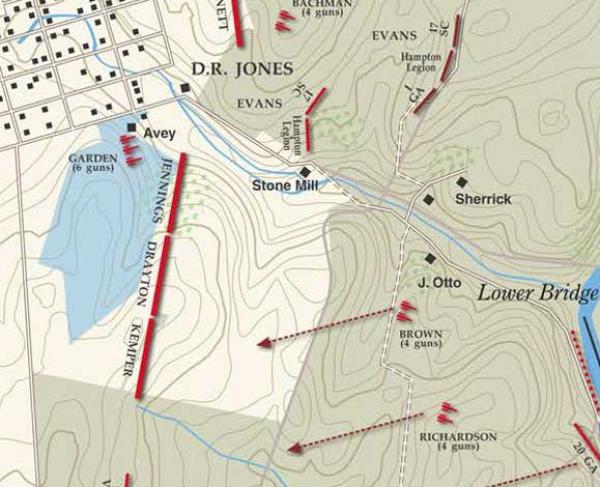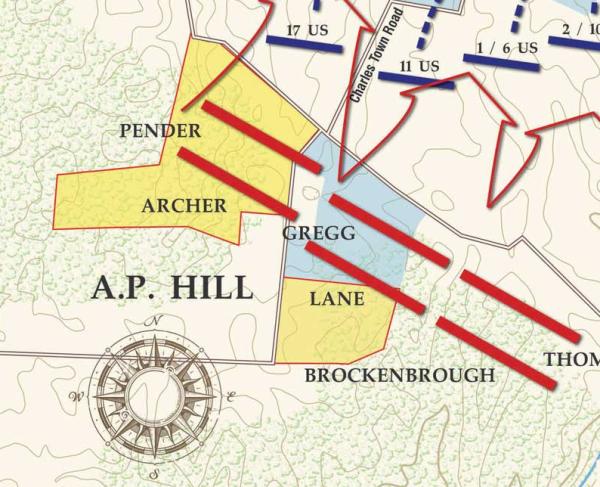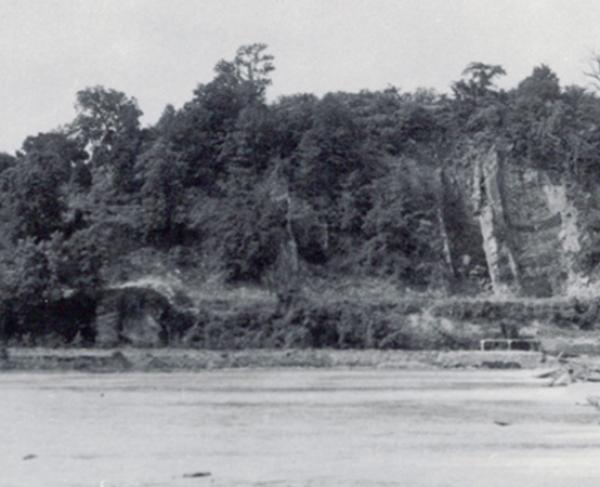
Avey Farm, Antietam Battlefield, Sharpsburg, Md.
Antietam Triumph!
Jacob Avey Farm and Farmhouse Saved
One hundred and sixty-one years ago, more than 22,000 soldiers fell wounded, killed, or missing on September 17, 1862, at the Battle of Antietam, on America’s Bloodiest Day. Our most recent victory saves nearly 150 acres of battlefield land associated with the Maryland Campaign, including the Jacob Avey Farm, some of Antietam’s most hallowed ground.
Witness to America’s Bloodiest Day
Just a few short months ago, we asked our membership to help us save a key 20-acre portion of Antietam’s Jacob Avey Farm, where some of the fiercest fighting of the Battle of Antietam took place and where Confederate soldiers were buried after the battle, according to the recently discovered Elliot Burial Map. They answered the call and we’ve saved this sacred ground!
That land also includes the historic Avey farmhouse, where the Avey family lived. Like many civilians in Sharpsburg, Jacob Avey Sr. suffered great financial loss due to the battle. Heavy fighting took place on his land, and an errant Union shell penetrated his house. His claims for reimbursement from the Federal government, like many others in Sharpsburg, were rejected, despite his feeding Union soldiers and caring for them in his house. Now we can share his family’s story through the power of place.
We’re also claiming victory on six additional acres at Antietam, originally part of the historic Reel Farm. In the midmorning of September 17, 1862, the Union armies were gaining ground at Antietam as a large, Northern force entered the West Woods, near this parcel we’ve now preserved forever. A powerful counterattack of some 7,000 Confederates fell upon the Union front flank, and rear, sending them reeling. The thousands of casualties suffered here comprised just one hour of that long, terrible day.
Preserving these six acres helps us unite a significant portion of the Antietam battlefield we’ve already saved.
Shepherdstown
After the Battle of Antietam, Confederate forces moved back across the Potomac and into Virginia at Shepherdstown. Part of the Union army pursued and attacked the Confederate rearguard, capturing four guns. The next day, Union forces crossed the Potomac and established a bridgehead as well.
Gen. Robert E. Lee dispatched Gen. A.P. Hill’s division to counterattack on land we are also claiming victory for – 122 acres of land associated with the Battle of Shepherdstown. Confederates were able to hold off the Federals and discourage them from further pursuit, and Lincoln was so frustrated with Gen. George B. McClellan’s lack of initiative that in November he relieved him of duty and named Gen. Ambrose Burnside the commander of the Army of the Potomac.
These 122 acres of battlefield land at Shepherdstown, which include the historic Osbourn House, appear mostly as they did during the battle, offering a valuable educational tool for generations to come.





